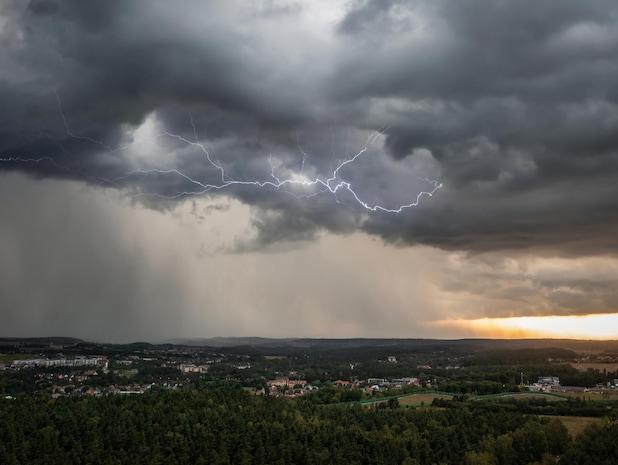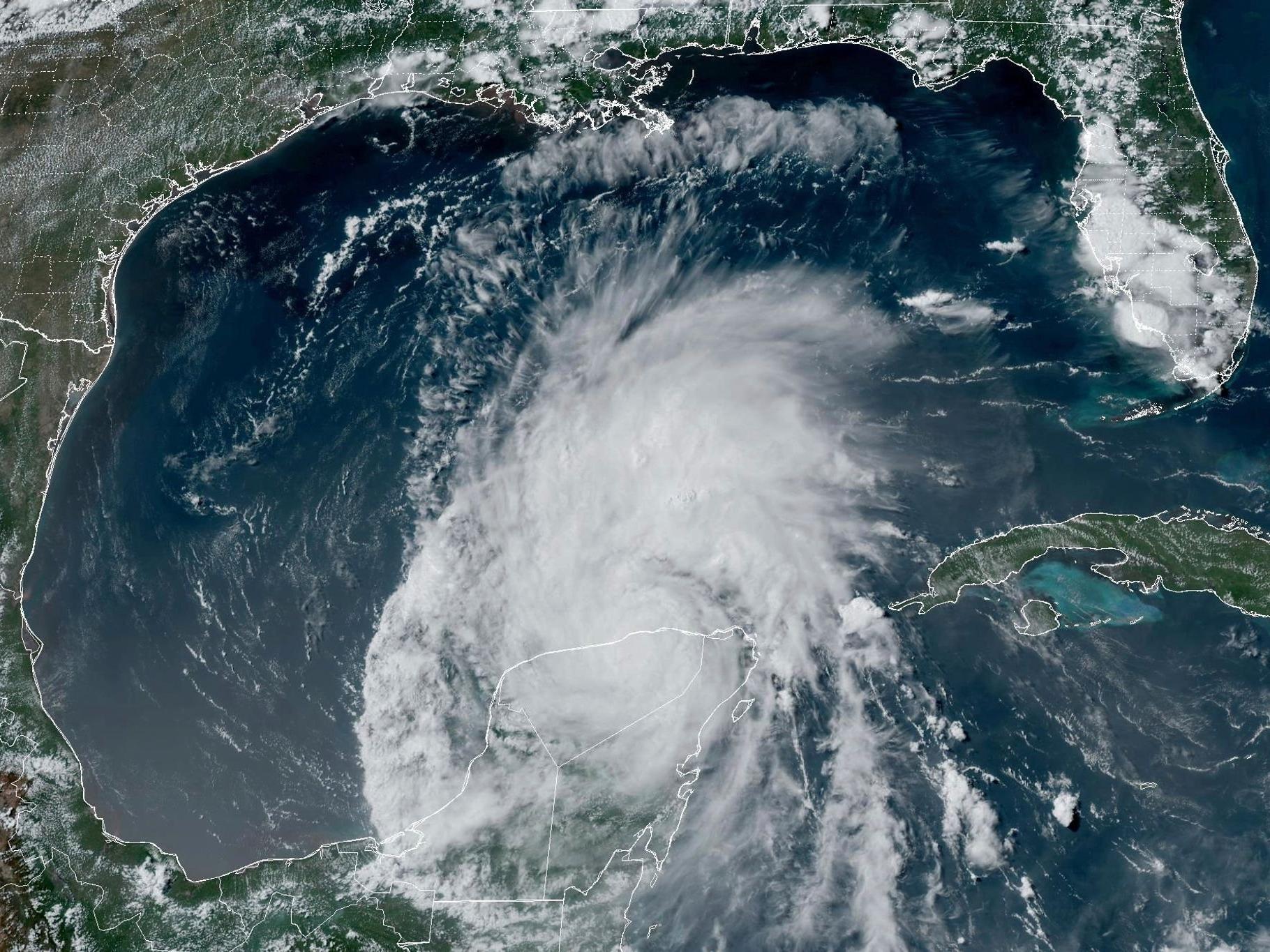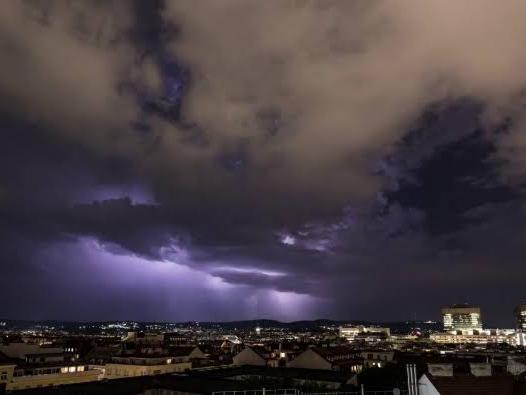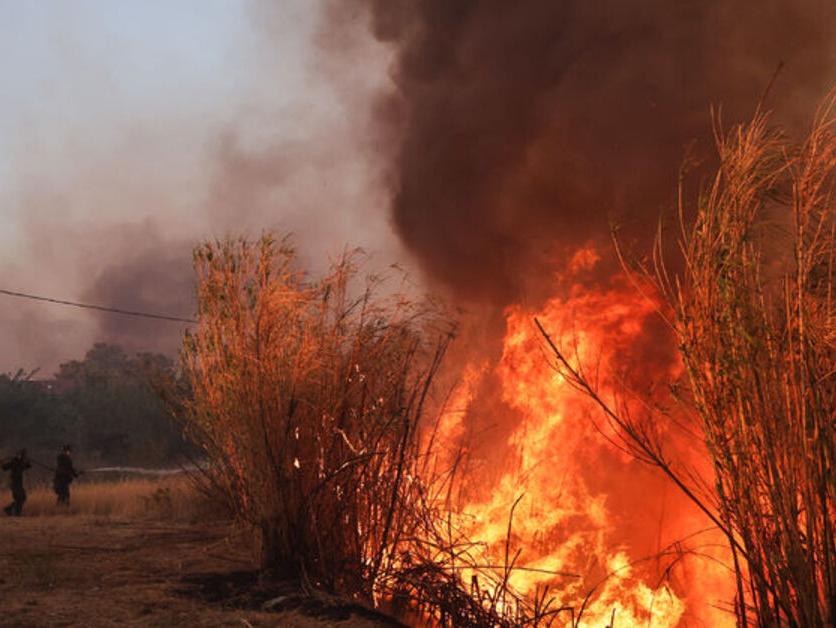Typhoon Maria, the first to hit the Japanese archipelago this year, made landfall near Ofunato City in Iwate Prefecture on Monday morning, bringing record-breaking rainfall and strong winds to northern Japan. The Japan Meteorological Agency (JMA) reported that the city of Kuji received 368 millimeters of rain in 24 hours, the highest amount recorded since 1978 and more than double the average rainfall for the entire month of August.The storm has caused significant disruptions across the region. Over 80 domestic flights have been cancelled, affecting more than 7,000 passengers. Local train services in the affected prefectures have been suspended, and several highways partially closed. The East Japan Railway Company announced delays to some local trains in the Tohoku region.Authorities have issued evacuation advisories to over 300,000 residents in the prefectures of Iwate, Aomori, and Miyagi. Around 2,000 people have already spent the night in local shelters. The JMA has warned of the potential for landslides, river flooding, and flooding in low-lying areas, as well as strong winds and high waves.As of Monday noon, Maria was traveling northwest at 20 kilometers per hour, bringing gusts of up to 108 kilometers per hour. The JMA predicts that some areas could receive up to 250 mm of additional rainfall in the next 24 hours, with another 150 mm possible in the following day.Prime Minister Fumio Kishida has vowed to provide information and support to affected residents. JMA Director-General Hiroshi Ishihara urged people to ‘stay indoors and avoid traveling to the affected areas’. The storm is expected to move into the Pacific Ocean by Thursday, weakening into a tropical low.
Key points
- Typhoon Maria made landfall in northern Japan, bringing record-breaking rainfall of 368 mm in 24 hours to Kuji city.
- Over 300,000 residents have received evacuation advisories in affected prefectures.
- The storm has caused significant disruptions to air and rail travel, with over 80 flights cancelled.
- Authorities warn of potential landslides, flooding, and strong winds as the storm moves across the region.



